What is Mezcal? Tasting Notes from Mexico
Mezcal. Beyond the worm… Ever have an inclination to try mezcal? For some the first thing that comes to mind when mentioning Mezcal is a worm-laden fire water that is more apropos to machismo than appreciation. At least that is what I used to think. Fortunately, we’ve had the chance to challenge those preconceptions and expose our palates to the wonders of Mezcal. For us a spirit that has gone from a “Why bother” is now “How did we ever live without?” . This article about our Mexico tasting was first published in 2011. It’s an oldie but goodie!
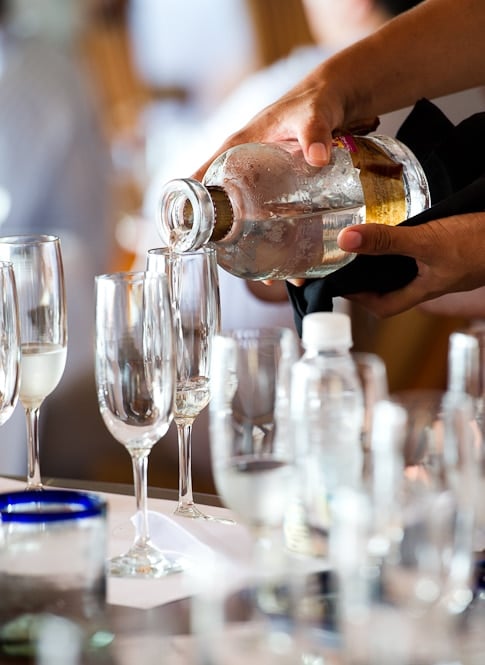
In the past we’d been exposed to amazing tequilas and even incredible raicillas (a wild agave Mexican moonshine), but hadn’t meandered through a mezcal tasting expedition. Until 2011 when we had the opportunity to photograph and explore the Food and Wine Festival in Ixtapa/Zihuatanejo Mexico. Through our experiences there we found a love of Mezcal. Sans the worm. Although when dried, ground, chilli-ed and salted, the mezcal worms do make an excellent pairing with a nice mezcal! But don’t worry, if even than makes you a little squirmish, know that most quality mezcals won’t have the worms anywhere in sight. It tends to be a marketing ploy of fairly modern creation to attract the hormonal and stupid… of which there is no short supply. Especially during spring break.
What is Mezcal?
In short, mezcal is a spirit distilled from the heart of the agave plant. “But isn’t that what tequila is?” Yes. All tequila are a type of mezcal. But not all mezcal are tequila. Mezcal is the broad category with tequila being one of the types of mezcal. BTW – The pronunciation is “meh-skal”. The pronunciation of “z” in Spanish is closer to the English “s”. You’ll sometimes see traditional spellings of it as mescal, with an “s” instead of the “z”. Same delicious spirit though!
Is Mezcal different from Tequila?
For a beginner breakdown, mezcal and tequila share a relationship like whiskey/bourbon and brandy/cognac. The later being the sub genuses of the former. For ease of separation, we’ll refer to spirits that are sold as mezcal as such, and tequila as such, even though we all understand tequila is a type of mezcal.
Both mezcal and tequila are made from agave, but tequila is specifically from the blue agave (at least 51% but the better tequilas are 100% blue agave) and must come from specific regions (the state of Jalisco and a few additional limited regions in 4 other Mexican states.) And tequila is banned from bottled with a worm of other curious additions.
Mezcal on the other hand is less limited, can come from any number of the agave varieties (maguey plant species) (over 150 types grow in Mexico and at least 40 different varieties are used in the production of mezcal), is most commonly from Oaxaca, although many other Mexican states are producing fine mezcals as well, and they don’t have the same restrictions placed on tequila. The tequila’s strict production rules keep the flavors fairly consistent from distiller to distiller, while mezcal’s looser guideline allow for more individualistic flair.
Why is Mezcal smoky?
Mezcal also tends to be much smokier than tequilas. They are often from small village distilleries, handcrafted and made using old school methods. The agave cores are mostly cooked in earthen mounds over pits of hot rocks rather than in ovens – giving the mezcals their distinctive smokiness. While for tequila, the distillers steam the agave cores. As a comparison, it isn’t far off to think of it’s agave core as being cooked by BBQ while tequila’s agave is cooked in a steam oven. The BBQ method brings additional character while the steam method expresses the clean beauty of the blue agave. Both can be very delicious.
Aging Tequila and Mezcal
Both tequila and mezcal can be found in their clear un-aged spirit form or in different levels of aging in barrels. The aging in barrels will impart additional flavors from the different woods to the spirit, as well as smoothing or mellowing out the initial spirit. As the spirits barrel age, they will also develop more of a caramel color. For tequila, is starts as blanco (unaged or up to 2 months), then reposado (aged 2 months – 1 year), next is anejo (aged over 1 year), and finally extra anejo (aged over 3 years) (there is also a lesser distributed “joven tequila” which is a blend of unaged and aged tequila and there are few other micro classifications and variances in marketing terms, but we’re keeping it to the most commonly found to keep it from getting confusing). For mezcal, the same aging classifications can be found, however it is much more rare to see reposado or anejo mezcal. Some say that it actually detracts from the mezcal’s character. You will sometimes find Madurado or Madurado en Vidrio (matured or matured in glass) which is a mezcal which has been aged or matured in glass containers for more than a year.
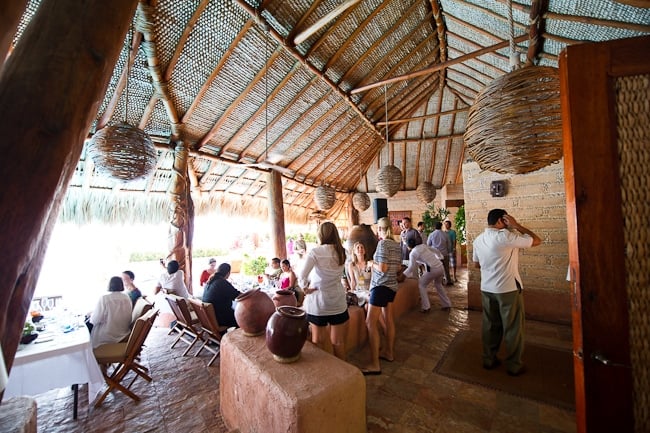
What are the Flavors of Mezcal?
Each village has different nuances in distillation, water, and plants. All of which give this drink a great variety in complexity and taste. Of the ones we tasted, they ranged from slightly smokey, smooth and sweet, to George Burns smokey combined with Mexicana sexy and oh so smooth. Some even had barely a hint of smokiness. They all will distantly remind you of their tequila brethren, but still remain distinctly their own spirit.
It was a fascinating introduction which had us curious and hooked. Cocktail mixing can be a little more challenging with mezcal, due to its smokey nature and variance between bottles, but with a little experimentation great cocktail can be made. A good start is with a blood orange mezcal margarita (try adapting this recipe). The blood orange goes nicely with the smokiness.
But mostly mezcal is meant to be enjoyed straight up. Grab a glass and explore the characters and individuality of this great spirit. Especially before or after a nice serving of pozole on Thursdays! Fortunately it is becoming easier to explore the wonders of this spirit in the U.S. with many bars offering a home to the adventurous agave elixir. Here’s a few in NY and LA for starters.
-Todd

More Cocktail Recipes
- Meyer Lemon Margarita
- Grapefruit cocktail
- Check out our Cocktail Recipes Here and our Complete Whiskey Guide.
- Here’s more mezcal readings for you.
- black garlic noodles
- air fryer chicken wings

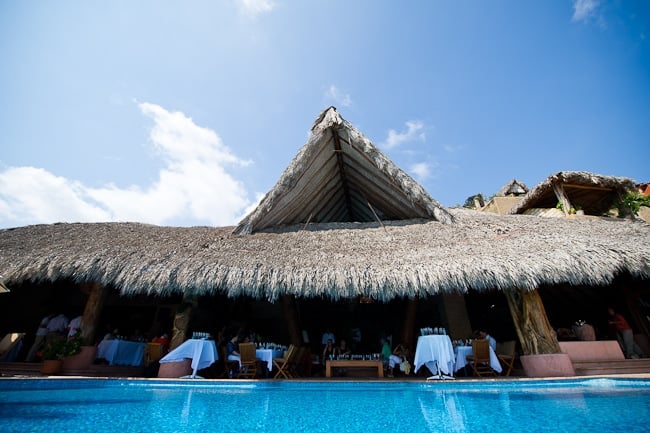
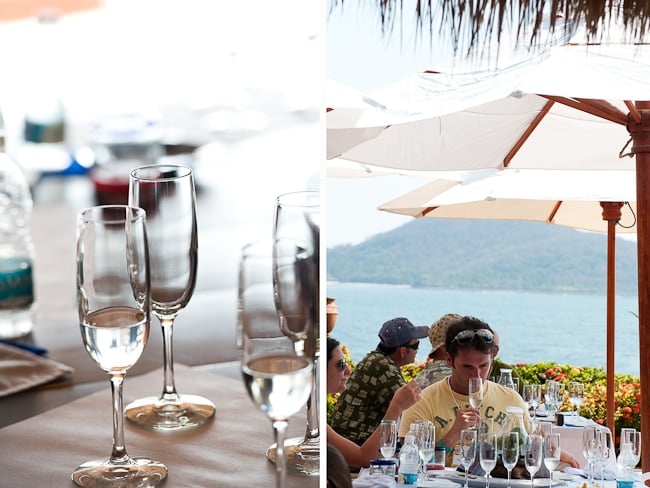
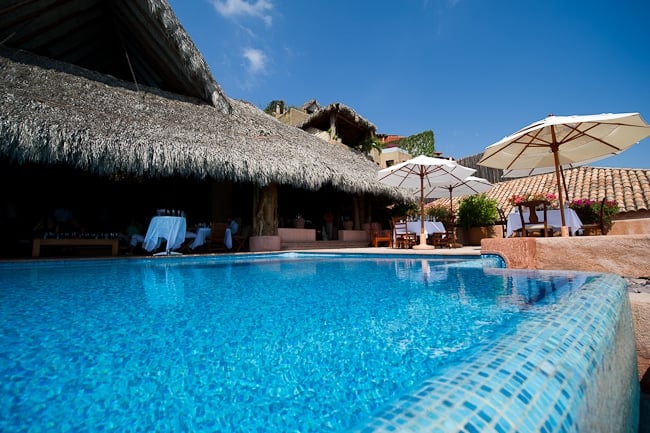
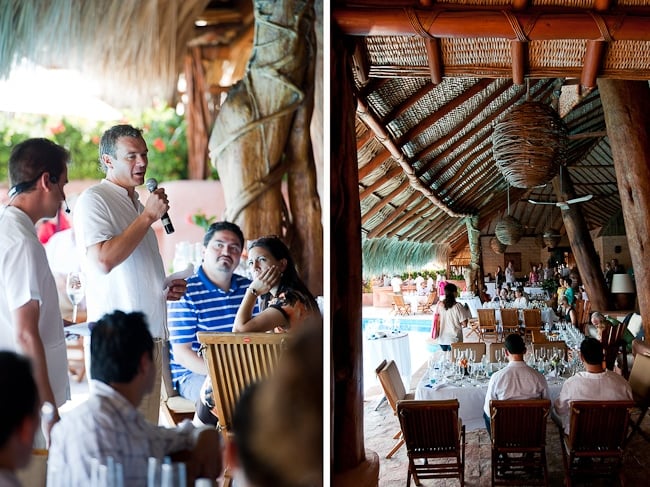
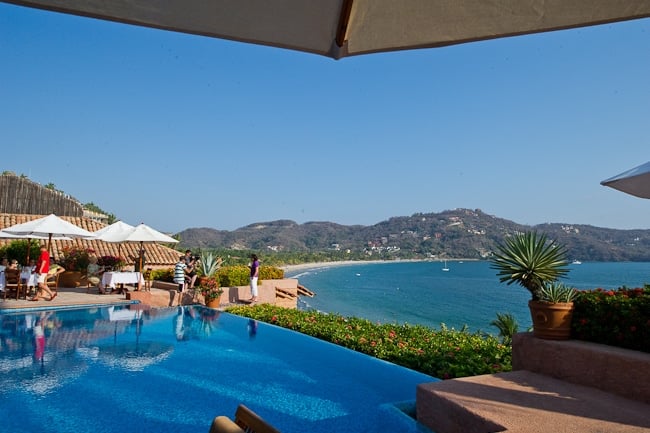
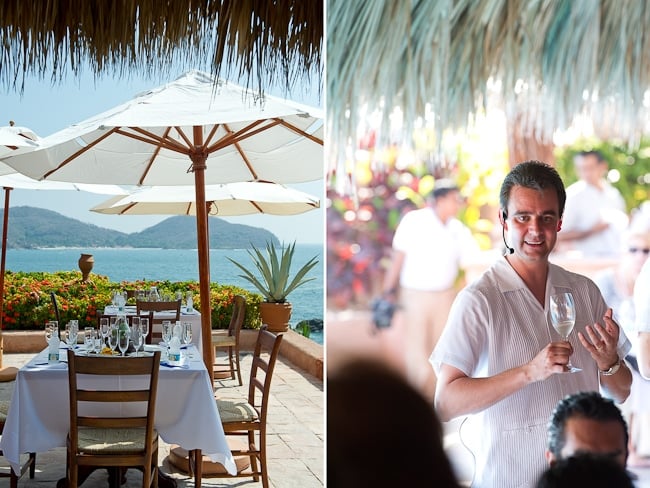
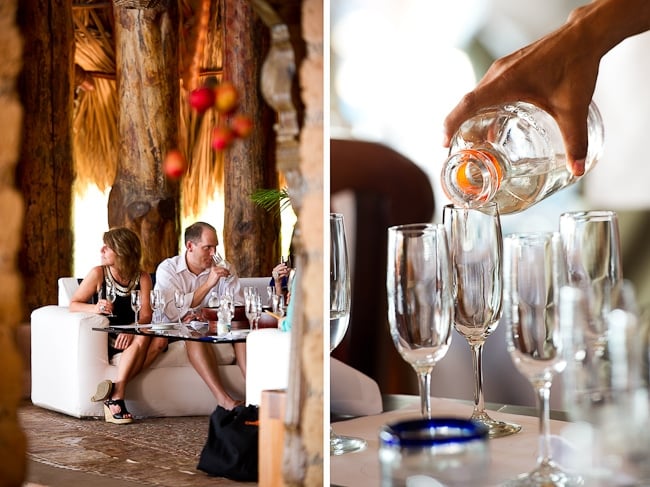
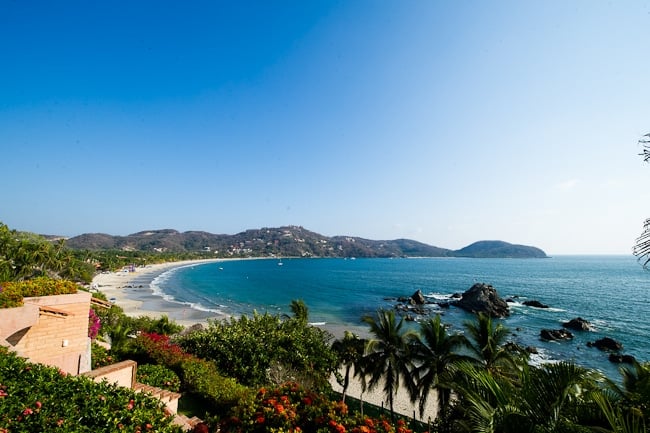




El Rincón del Mezcal has information on over 300 different mezcals both artesanal and commercial, many available in the US. Links to the mezcaleros web site are provided when available. Site is in English and Spanish
I have a question that i hope someone can answer for me, i keep hearing about a tequila that people can bring back from mexico and declare it at customs , but it’s unlabeled, and from what i keep hearing, is it’s about 140 proof, can someone tell me the name of the product, and how i might be able to go about having it sent to me?
Del Maguey Santo Domingo mixed with a puree of ripe pears/strained through a fine mesh, a little agave nectar, lime and a splash of Grand Marnier, I find it the only way to drink it other than straight for me. The best!
Fabulous article !!